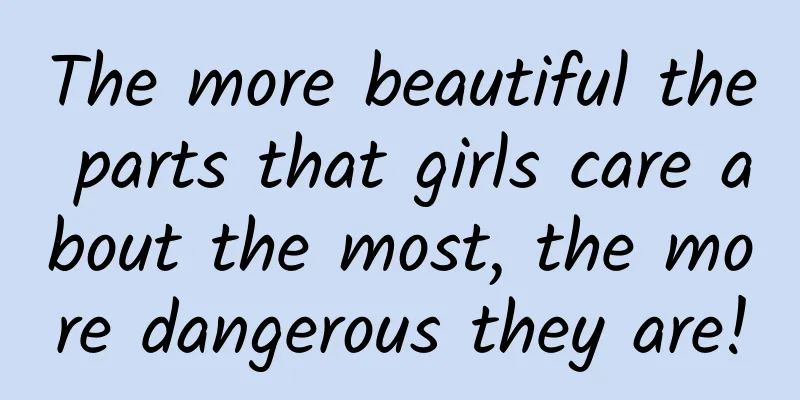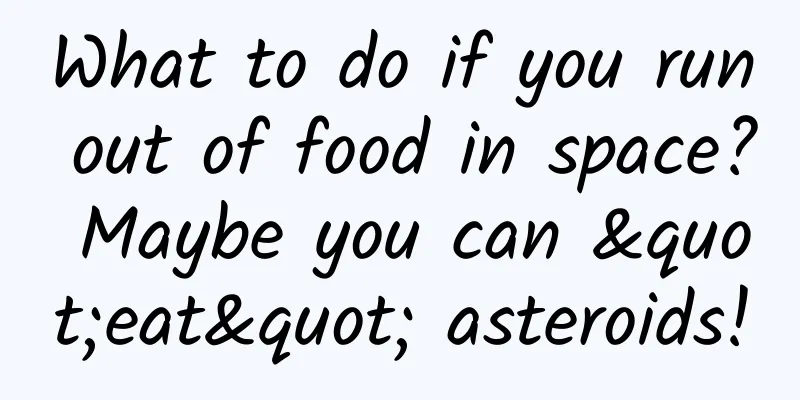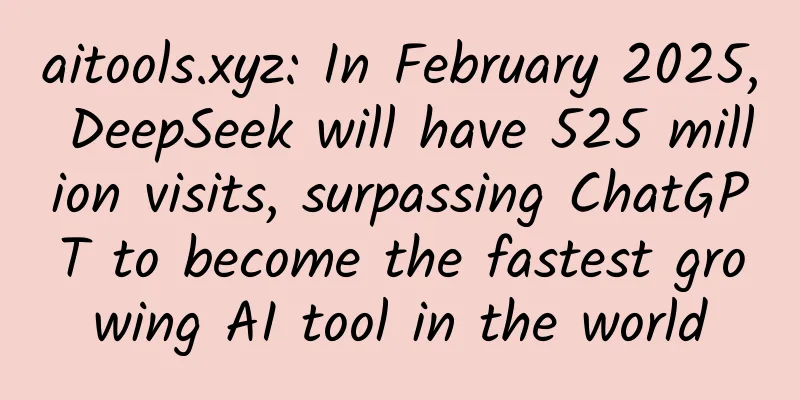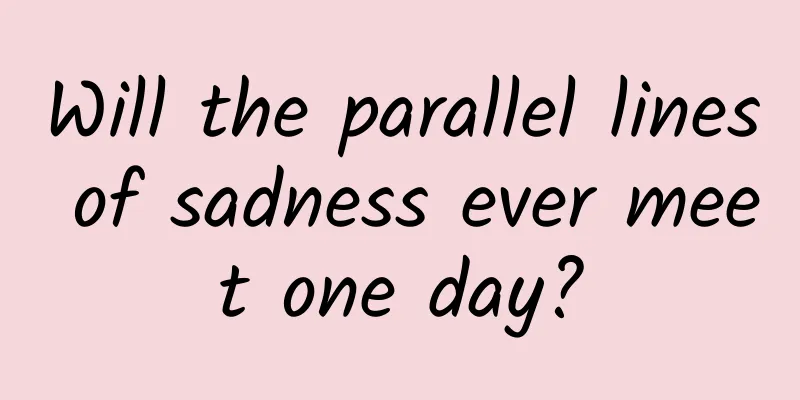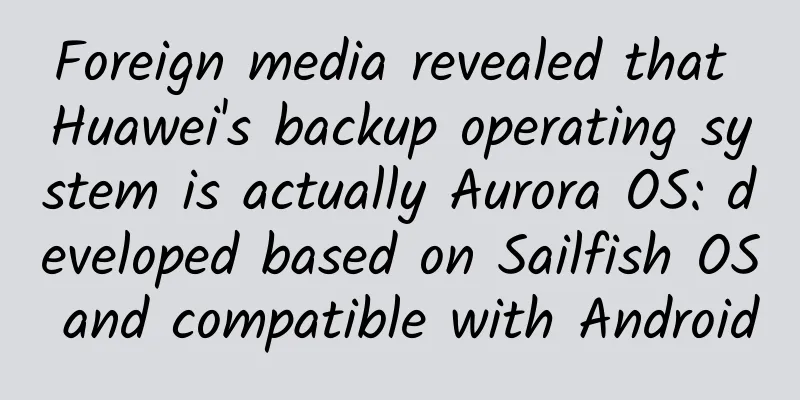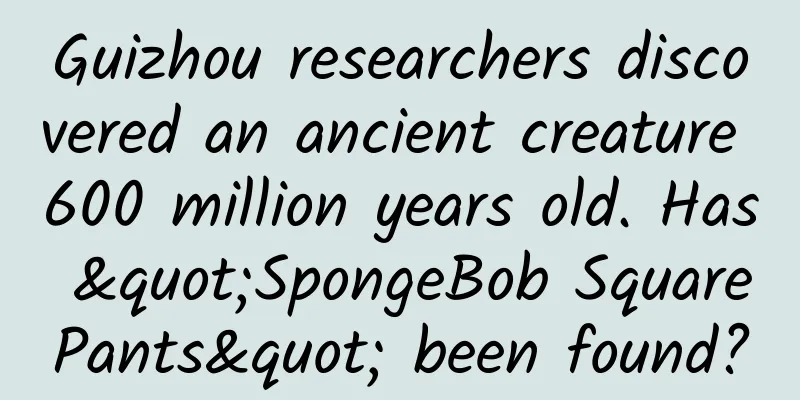How can online education achieve fission growth by having old employees bring in new employees?

|
I have said in previous articles that old customers bringing in new customers is a form of fission , but it is very different from fission. This is because the essence of old customers bringing in new customers is users bringing in users, while the essence of fission is traffic bringing in traffic. Some people asked me why. Although I have explained it in the past, I feel that it is not deep enough. Recently, by analyzing the path of fission and the old leading the new, I found the answer. 1. Fission thinking and old-to-new thinkingFirst of all, fission must conform to fission thinking. So what is fission thinking? Simply put, it means using behaviors such as sharing and inviting as the threshold for achieving the goal of increasing the number of product users. Xiao Ming saw a poster sent by his friend and scanned the QR code to join the group, which was a group for live English courses. How to attend class then? Retweet the poster and take a screenshot. Xiao Ming did as he was asked, and the group administrator reminded him to add friends and get the link to the class. The above is a very basic group fission process, but it fully reflects the fission thinking. What is the most direct purpose of group fission? Increasing the number of listeners to English live lectures and setting a threshold for forwarding posters will obviously bring in more people. Some people may say, shouldn’t the purpose of group fission be to sell courses within the group? This is a transformational way of thinking, because if 100 people can sell courses, so can 200 people. Of course, the more people the better, but it needs to be based on the premise that "there can be more and more people." In fact, growth strategies that conform to the fission thinking have relatively easy operation difficulties, such as group fission, task treasure, unlocking, group buying, etc. For Mission Bao, only fans who receive actual prizes are considered actual users, and inviting fans to follow is the threshold; the same applies to unlocking and group buying. You must invite friends to sign up for unlocking or group buying in order to achieve the growth of users who obtain all unlocked or group buying courses. Let’s look at the growth of old customers bringing in new ones. Its logic is different from the fission thinking. Users can obtain products without reaching the fission behavior threshold. The most typical strategy that conforms to this strategy is distribution, which also includes fission gift packages, group distribution, distribution task treasure, etc. Users who participate in distribution can learn courses by paying. The purpose of distribution is only to expand exposure. The task requirement for setting a certain number of people for distribution is only to enhance the motivation for sharing. It doesn’t matter if they don’t share. In addition, people who are willing to participate in distribution basically have their own channels, or are interested in incentives, or identify with the brand. Actual product growth does not necessarily have to be achieved through the use of old customers bringing in new customers, but the use of old customers bringing in new customers can indeed further expand the growth effect. Therefore, you should understand that when doing group fission and distribution operations, the specific logic is completely different. This is the difference between fission thinking and old-to-new thinking. If you want to achieve the effect of rapid growth by bringing in new customers through old customers, you need to work harder on publicity gimmicks and channel reserves. 2. Use retention thinking to help old customers bring in new customersWhether it is fission thinking or old-to-new thinking, they are all from the perspective of model. It is to distinguish the essence of the two, but in terms of operations and details, retention thinking is more needed. The retention thinking was proposed by Songyue and I in the book "From Traffic to Retention" published last year. One of the core ideas is to refine the operational execution and detail design. Therefore, if you want to do a good job in the business of bringing in new customers, the retention thinking is obviously worth applying. I think we can start from two angles: 1. Sort out the complete user path, design sharing nodes based on user touchpoints, and strive to form a closed loopA complete path for old users to bring in new users is as follows: users scan the QR code to sign up for an event - enter the user sedimentation carrier - obtain the entry to generate sharing materials - generate and save sharing materials - successfully invite friends to sign up for the event - meet requirements to redeem rewards. The above-mentioned process is actually very rough. There are many activities to bring in new users, which will design multiple user touchpoints. The more touchpoints, the more opportunities there are to remind users to share, and the more new users may be brought in. I have sorted out the following sharing points:
I once designed a distribution campaign, and the path was like this: Enter the landing page to purchase - follow the official account and reply to the keyword - guide to add WeChat and provide a link to share the poster - add WeChat and provide a purchase screenshot - send the product and share the poster link. You can see that I designed a closed loop, because many distributions do not have a closed loop, and I designed step-by-step invitation incentives at the two touchpoints of the official account and the personal account, with the aim of increasing the sharing rate. 2. Design activities to encourage old employees to bring in new employees based on operational objectives and lifecyclesIn addition to the detailed design of the path, the operational objectives and user life cycle of the old-to-new activities must also be clarified. The vast majority of activities to attract new customers are mainly aimed at attracting new customers, but activation and conversion are also very important goals of the activities. What is surprising is that by designing activities to attract new customers based on user attributes, multiple operational goals can be achieved at the same time. We can divide users into low-stickiness users, medium-stickiness users and high-stickiness users. (1) Low-stickiness users: recall + attract new users The so-called low-stickiness users are users who are in the novice period or the churn period. For online education , they are often users who have registered but not purchased courses, or paid but not renewed their subscriptions. The activities designed for them to bring old customers in for new customers aim firstly at recall and secondly at attracting new customers. Generally, pain point content and high-value bait are selected to directly fission traffic. Many traffic pool fission activities use this type of users as the starting channel. (2) Medium stickiness users: activation Medium-stickiness users, including users in the activation period and users in the retention period, are often registered users of paid traffic-generating courses and renewed users of traffic-generating courses. The main purpose of bringing in new users is to promote activation. It is recommended to design a step-by-step invitation task, but mainly in the form of crowdfunding (bargaining, support, gift packs, card collection, unboxing, etc.), matching rich course content, physical items, virtual rewards, etc., and requiring that the users brought are potential users (new registrations) and users of the same level (signing up for lead-in courses). (3) Highly sticky users: attracting new users as the main method and converting them into secondary users So what is a highly sticky user? It mainly refers to first-time users and repeat purchasing users, specifically full-price course users and renewal users. For this type of users, the main approach is to bring in new users, while also taking into account conversion, because the invitation threshold is lower. It also uses a step-by-step invitation task, combined with distribution, invitation coupons and other gameplay, using a reward combination of "exclusive honor + rich entities + large discounts + high-value virtual products" to guide and bring in more potential users and lead course users. This is the current mainstream model of old customers bringing in new ones. ConclusionThis article briefly sorts out the different thinking between fission and bringing in new customers, and also explains how retention thinking can guide the design of bringing in new customers. The core points of this article are summarized below, and I hope it will be useful to you. First of all, the core difference between fission thinking and old-to-new thinking is that the former implants the target product into the fission closed loop and regards sharing and invitation actions as a necessary threshold, while the latter is not so strict. Products can be obtained without entering the fission closed loop, but sharing and invitation are used as channels to increase product users. Secondly, retention thinking attaches great importance to detail design. No matter it is fission or bringing in new customers, we must pay attention to the use of touchpoints and user stratification, because sorting out and using more touchpoints can greatly increase the sharing rate, and designing old-to-new models for different types of users will enrich the entire fission system and make it more efficient. above. Author: Dugu Source: Wild Operation Community (id: dugu9bubai) |
>>: How to use mind mapping in product operations?
Recommend
What would happen to the Earth if mosquitoes became extinct?
Don't worry, iron juice In this issue of Hu W...
Windows 10 for mobile devices may support PC software natively
The HP Elite x3 , released earlier this year, ref...
APP offline promotion and operation strategy!
Someone will definitely ask, APP is an online pro...
How to play the short video planting game?
In fact, in today's world where content homog...
[2021 Summer] Senior 3 Physics Target A+ Model Physics Chapter Progress
[2021 Summer] Senior High School Physics Objectiv...
Advanced Operations: How to avoid "messing around" when taking over a new project?
It's the job-hopping season again this year. ...
How to add friendly links to the website? How much do you know about the style and location of friendly links?
Website optimization includes two aspects: intern...
World Whale Shark Day | The emotionally stable "cute baby" in the sea, is he a whale or a shark?
Xu Huangang With its charming appearance, unique ...
Quantum teleportation: Will “transmitting objects through air” be possible?
People often use teleportation in science fiction...
8.18 The bumpy love stories of Internet tycoons
[[123283]] "Getting promoted, getting a rais...
Does the 2018 Marketing Calendar Work? How should operators plan the timing of activities correctly?
An auspicious day must be chosen for the start of...
On the seventh day of the Lunar New Year, good luck in starting work!
One, two, three, four, five, six, seven, Today is...
Six years later, the crocodile with the tire around its neck is finally rescued
In 2016, people found this crocodile with an aban...
Zhu Guomiao postpartum recovery
Zhu Guomiao's postpartum rehabilitation resou...
You can make money at home during the Chinese New Year, and there are several ways to make money while visiting relatives!
What are the things that must be done during the ...

